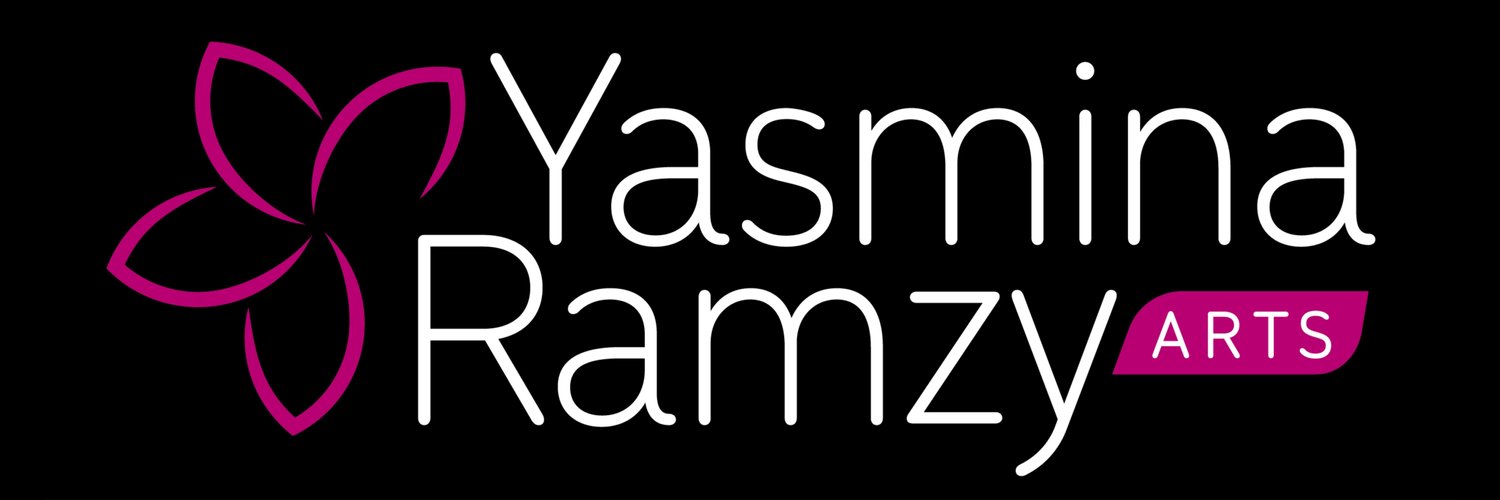BIAS CONFESSION
This blog post is in praise of learning from different teachers and to never let negative gossip and biased opinions shade your heart and mind from being open to new ideas.
I had the profound good fortune in the 1980s and 90s to study Egyptian dance with the late great Mohamed Khalil (director of National Folklore Troupe of Egypt, Nagua Fouad’s choreographer and all around dedicated advocate of Egyptian dance) in the Balloon Theatre in Cairo and again when I hosted him to teach workshops in Toronto. He, Aida Nour and Robert Desrosiers are the biggest influences on the dance artist I became. At the time, I was surrounded by people of Mohamed Khalil’s camp who tended to sing the praises of the National Folklore Troupe of Egypt over that of the Reda Troupe. Even though I would often hear of the virtues of Mahmoud Reda and Farida Fahme, unfortunately, my view of the Reda Troupe was already coloured by the views of my first mentors who were part of a large rivalry between the two dance companies. Even a Toronto teacher Habeeba Hobeika had hosted Mahmoud Reda to teach in Toronto and I did not bother to attend the workshop (how dumb is that?).
Then I found myself many years later, in 2009, eating dinner one beautiful evening on a balcony in Madrid. I was headlining as a teacher at Raks Madrid. The woman sitting across from me was Farida Fahme and to my immediate left was Mahmoud Reda. Every precious moment of that meal is etched into my memory as one of the greatest highlights of my life. First and foremost I talked choreography for the first time with someone who spoke my language and not only that, with one of the greatest choreographers ever, inside or outside of Egypt. His sensitivity and imagination was limitless. I realized throughout the evening that I have felt so alone in my choreography journey all these years. Why couldn’t I have met Mahmoud 20 years earlier? Why did I not study with him? Then Farida shared stories of the hardships in the early days of getting the Reda Troupe off the ground. Any self pity I had previously about my trials and tribulations with Arabesque quickly evaporated in the face of what she and Mahmoud had been through and still face.
Needless to say, I fell in love with Mahmoud Reda that evening and was in awe of Farida Fahme. I was humbled, inspired and elated overall. Subsequently I met with Mahmoud in Egypt several times to arrange to bring him to Canada to impart to Bellydancers from around the world at the International Bellydance Conference of Canada the same stories he told me in Madrid. Throughout the rest of the week at the Madrid dance festival, I of course attended Mahmoud’s and Farida’s classes whenever I was not teaching myself. Then I finally got to see first hand his genius and the profound influence he has had on molding the Egyptian dance we know today. At all other meals, I tried to sit near them again if only to bask in their aura. When we finally got Mahmoud to the conference in Canada in 2012, I ate every meal with him for five days and revelled in his wicked sense of humour and again limitless creative imagination.
I am forever grateful that my first folklore training was with the indominable spirit of Mohamed Khalil and his authentic and passionate interpretation of Egyptian dance. It has contributed to my style which I would never want to change but I do wish I had come to also learn from the creative genius and the pure sweet heart that is Mahmoud Reda earlier in my career. Ironically, my other influential teacher, Aida Nour, was part of the Reda Troupe even when I first met her in 1982 but I only knew her then as a Bellydancer. There is a definitive difference between the two choreographers, which is all the more reason to study from both. On this wider path of my learning journey, I am now offered so many more options to choose from that can contribute to my personal and unique style.
Moral of the story is not to believe other’s biases until you have tried for yourself. You may miss out on what could become great learning and inspirational opportunities. By trying everything for yourself, you might find there is plenty of variety to learn from in a wide range of teachers, which in return , will help to mold you into your own true, unique artist.




